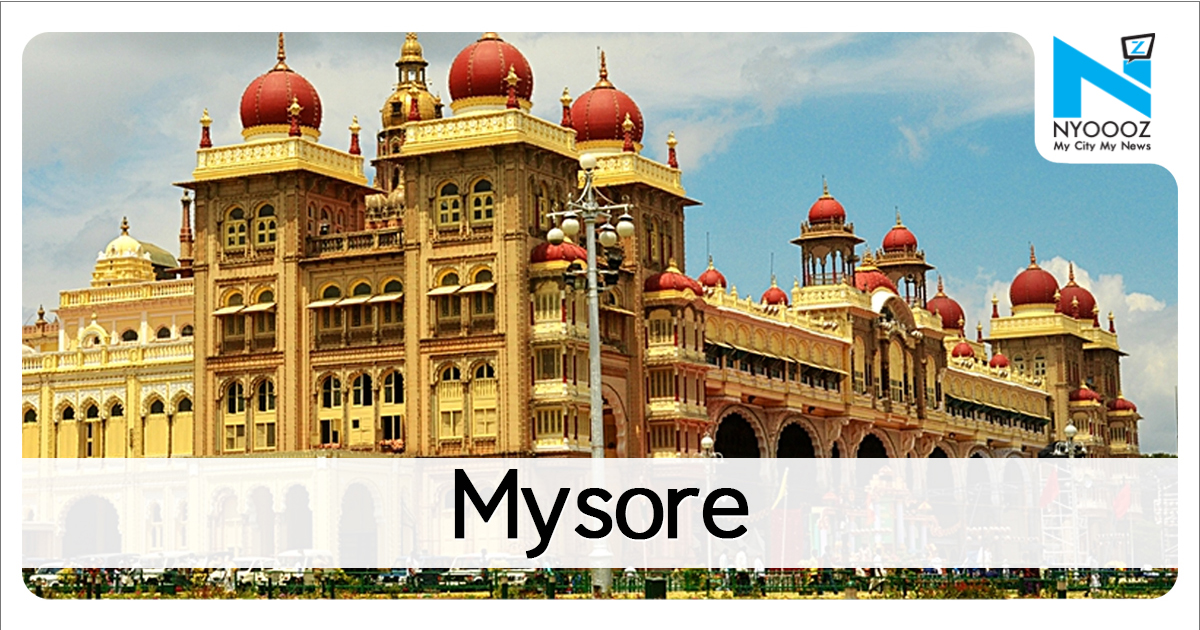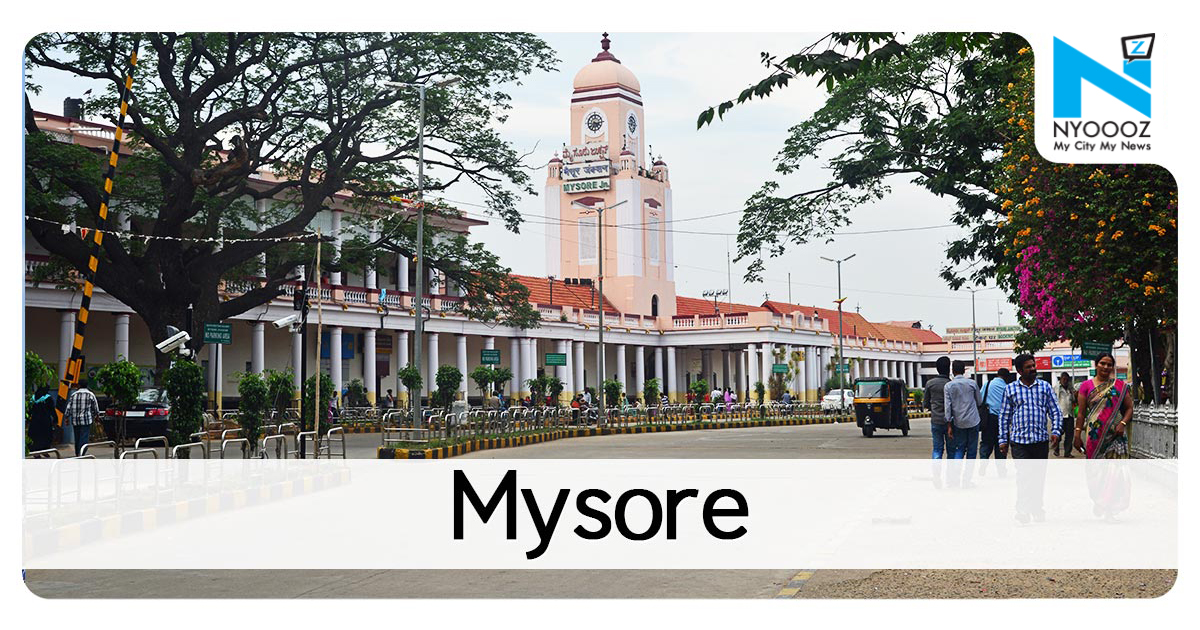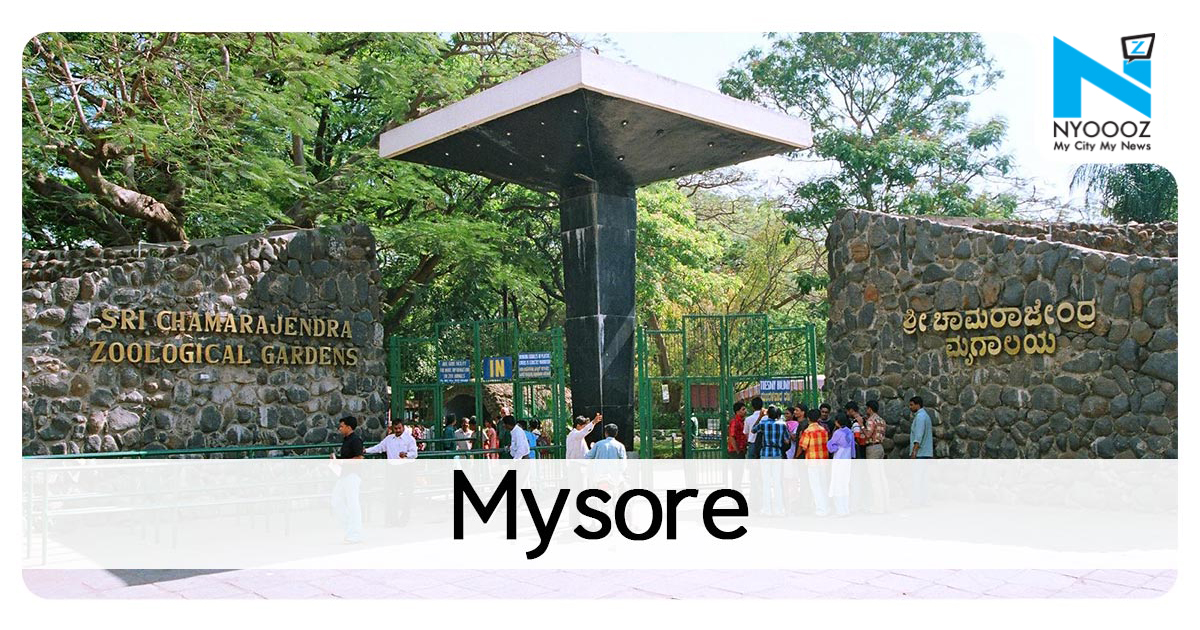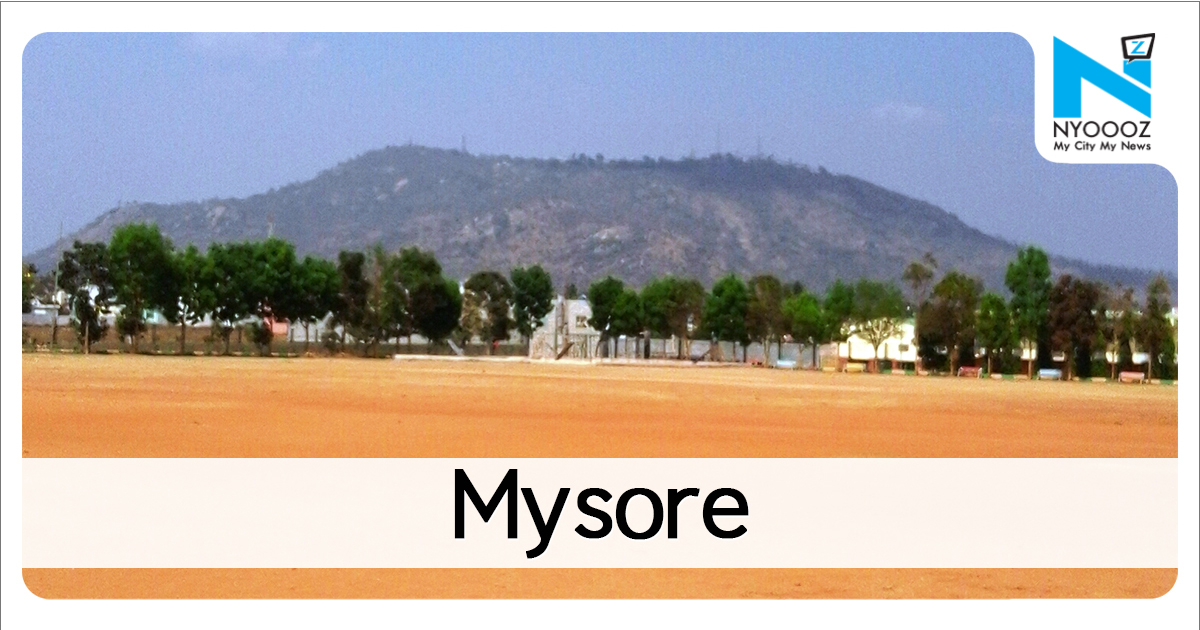
This came nearly four decades after Mysuru State set up Mysuru Representative Assembly, to include people from different backgrounds to formulate policies. Can reservation be continued in perpetuity, asks Supreme Court "Suppose a person by virtue of reservation gets into IAS and becomes secretary through reservation in promotion. Can a very senior bureaucrat's grandson and great-grandson be treated as backward for promotion in employment, and that too in perpetuity?' In keeping with past years, the government has again deprived reservation benefits to 29 successful OBCs in UPSC examinations for elite services like the IAS and IPS. It was first opposed by the Mysore Brahmins who were against this preference,” explained PV Nanjaraj Urs, historian.

If You Like This Story, Support NYOOOZ
Your support to NYOOOZ will help us to continue create and publish news for and from smaller cities, which also need equal voice as much as citizens living in bigger cities have through mainstream media organizations.
Stay updated with all the Latest Mysore headlines here. For more exclusive & live news updates from all around India, stay connected with NYOOOZ.









